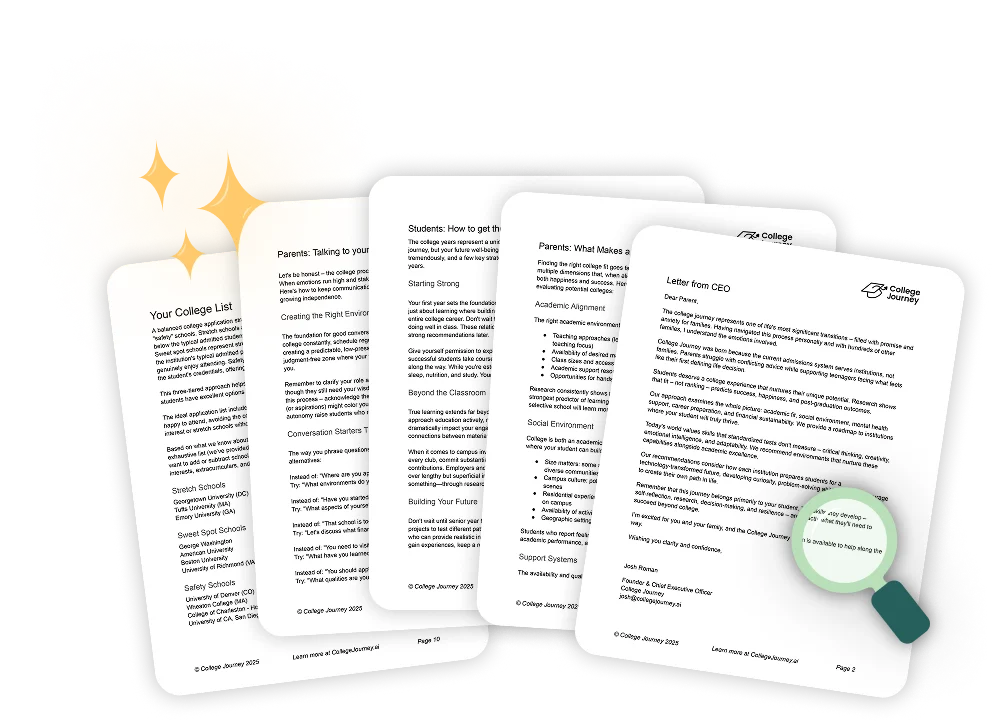College is an exciting step toward independence. But if you are not prepared, the costs can feel overwhelming. Tuition is a big expense, but it’s not the only one. Housing, food, books, transportation, and personal spending can add up quickly. Many students and families do not realize how much these extras cost until they start paying.
Some expenses are easy to forget. You will need money for laundry, lab supplies, club fees, and even medical costs. Living on campus seems simple, but dorm fees and meal plans can be expensive. Then there’s personal spending—coffee runs, social outings, and late-night snacks. These small costs can drain your budget before you know it.
Knowing the real cost of college will help you plan ahead and avoid money stress. This guide breaks down every major expense. You will learn what to expect, how to manage your budget, and ways to save.
Key Takeaways
- College expenses include tuition, housing, food, books, transportation, and personal costs.
- Hidden expenses like laundry, club fees, and graduation costs should be planned for.
- Public colleges are generally cheaper, while private schools offer more financial aid.
- Transportation costs depend on whether you use public transit, own a car, or need flights home.
- Scholarships, grants, and work-study programs can help lower overall expenses.
- Creating a budget and tracking expenses is essential for financial stability.
Understanding the True Cost of College
If you do not understand and plan for your college expenses, they can drain your savings, increase debt, and create financial stress. Many students start the semester feeling financially secure, only to realize midway through that their budget isn’t enough to cover everything.
If you’re not careful, you may find yourself relying on credit cards, extra loans, or emergency funds just to get by. That’s why understanding the real cost of college is so important.
| Expense Category | Estimated Annual Cost | Details |
| Tuition & Fees | $10,000 – $40,000+ | Varies by school type (public, private, in-state, out-of-state). |
| Room & Board | $10,000 – $15,000 | Includes dorm or apartment rent, utilities, and meal plans. |
| Books & Supplies | $1,200 – $1,500 | Textbooks, lab materials, and school supplies. |
| Transportation | $1,000 – $3,000 | Public transit, gas, car maintenance, or flights home. |
| Personal Expenses | $2,000 – $4,000 | Clothing, entertainment, dining out, and subscriptions. |
| Health Insurance | $1,500 – $3,000 | Required by many colleges if not covered under a parent’s plan. |
| Technology | $500 – $2,000 | Laptop, software, and accessories for coursework. |
| Application Fees | $50 – $100 per application | Costs vary by school; applying to multiple schools increases total expenses. |
| Enrollment Deposit | $200 – $500 (one-time) | A non-refundable fee to secure your spot in college. |
| Lab & Course Fees | $100 – $500 | Additional costs for science labs, art courses, and tech-heavy programs. |
| Parking Fees | $200 – $1,000+ | Annual fee for on-campus parking permits or city parking. |
| Club Memberships | $200 – $1,500 | Dues for joining sororities, fraternities, or student organizations. |
| Graduation Costs | $100 – $300 (one-time) | Costs for cap and gown, graduation fees, and professional photos. |
Breaking Down College Tuition: Public vs. Private Schools
Choosing between a public or private college is one of the biggest financial decisions for students and parents. Tuition costs can vary widely, and understanding these differences will help you make a smart, budget-friendly choice.
Public vs. Private College Costs
The state funds Public universities, meaning lower tuition for in-state students. Private colleges, on the other hand, rely on tuition and donations, making them more expensive but often offering more financial aid.
Here’s how the costs compare:
- Public Colleges (In-State Tuition): A four-year public university’s average tuition and fees is $9,750 per year.
- Public Colleges (Out-of-State Tuition): Students from out-of-state pay much more, with an average cost of $27,560 per year.
- Private Colleges: Tuition at private universities is significantly higher, averaging $38,070 per year. However, many private schools offer generous scholarships that reduce the actual cost.
If you want affordable tuition and a wide range of programs, a public college is a great option, especially if you qualify for in-state rates. However, a private college might be worth considering if you prefer smaller class sizes, more networking opportunities, and specialized programs.
The key is to compare financial aid packages before making a decision. Sometimes, a private school with strong scholarships can end up costing the same—or even less—than a public university.
How Much Does Housing Really Cost for College Students?
Overwhelmed by college research?
Let us help save time and find the perfect schools for your family.
College students need to understand the living expenses. Living on campus or renting an apartment off-campus affects your budget. Each choice has its own costs and considerations.
Dorm Living vs. Renting an Apartment
Dorms usually offer all-inclusive packages for room and board. This might seem easy, but it can be pricey due to extra fees. Renting an apartment gives you more freedom but means you’ll have to pay for rent, utilities, and food yourself. Your choice depends on your budget and lifestyle.
Additional Housing Expenses to Consider
Off-campus living can add extra costs you might not see at first. You’ll need to budget for:
- Utilities (electricity, water, internet)
- Groceries and monthly food expenses
- Transportation costs for commuting to campus
- Renters’ insurance
Knowing these costs helps you make a better choice. It lets you plan a budget for housing during college. Looking at both dorms and apartments helps you understand your housing costs better.
What Are the Extra Costs of College?
College costs go beyond just tuition and housing. You also need to think about transportation and health insurance. These costs can really add up and affect your budget. It’s important to understand these expenses to prepare for college.
Transportation Costs
Transportation costs can change a lot based on where you live and your college’s location. You’ll spend money on gas, public transport, and parking if you commute. Going back and forth from home can be expensive. If you live on campus, you might spend more on local travel. This could be for shuttle services or rideshare apps. These costs can also affect your budget.
Health Insurance and Medical Expenses
Health insurance is a big part of planning your college finances. Many colleges require students to have health insurance. You might need to buy a plan through the college or show you have your own. Medical costs like doctor visits, prescriptions, and unexpected health issues add up. Knowing these costs helps you manage your money in college.
How to Reduce College Expenses Without Sacrificing Quality
Managing college costs can help you keep your education quality high without financial strain. Look into scholarships, work-study programs, and budgeting to cut down expenses. Here are some effective ways to reduce college costs.
- Applying for Scholarships and Grants
Scholarships and grants are great ways to reduce college costs. They don’t need to be paid back. Look for scholarships based on merit, need, or study area. Check college and local websites often for new opportunities. Applying regularly can save a lot of money.
- Part-Time Jobs and Work-Study Programs
Getting a part-time job can help pay for college. Work-study programs offer jobs that fit your class schedule. They provide work experience and help pay for college costs. These jobs are designed to fit around your study schedule.
- Budgeting and Financial Planning
Creating a budget is a key step in financially planning for your college. Start by tracking your income and expenses. This helps you see where you can save. A monthly budget helps you focus on what’s important and stay within your means. Using financial planning tools can also help. They help you keep track of your spending and stay on budget. This way, you can make smart financial choices during college.
Conclusion
College is a major investment, and the costs go beyond just tuition. Every expense adds up, from housing and food to textbooks and personal spending. Understanding these costs early will help you budget wisely, avoid debt, and make informed decisions about where to study and how to save.
The key to managing college expenses is planning ahead. Compare public and private schools, look for financial aid opportunities, and track your spending. Small changes, like choosing used books, applying for scholarships, or finding part-time work, can make a big difference.
About College Journey
Paying for college is a big challenge, but planning ahead can make it easier. College Journey is here to help you navigate every step of the process—from understanding tuition costs to finding scholarships that can lower your expenses.
With Alice, your AI-powered college counselor, you will get clear guidance on financial aid, budgeting tips, and how different factors—like GPA, test scores, and extracurriculars—impact your college options. Whether you’re comparing schools, exploring grants, or looking for ways to make college more affordable, Alice provides the support you need.
From personalized recommendations and side-by-side college comparisons to tools that help you track deadlines, College Journey simplifies the path to higher education. And the best part? It’s completely free to sign up.
FAQ
What is the difference between direct and indirect college costs?
Direct costs include tuition, fees, and on-campus housing. Indirect costs cover expenses like transportation, books, and personal spending.
Are college meal plans worth it?
Meal plans can be convenient, but they may be more expensive than cooking. If you do not use all your meals, consider a smaller plan or grocery shopping instead.
What hidden costs do students often forget?
Laundry, dorm supplies, club fees, off-campus dining, and printing costs can add up. Budget an extra $500–$1,000 per year for unexpected expenses.
Is having a car on campus expensive?
Yes, parking permits, gas, and insurance can cost $1,000+ per year. If public transportation is available, it may be a cheaper alternative.
What’s the best way to prepare financially before college?
Start saving early, apply for scholarships, and estimate your total costs. Learning basic financial skills, like budgeting and credit management, can also help.




